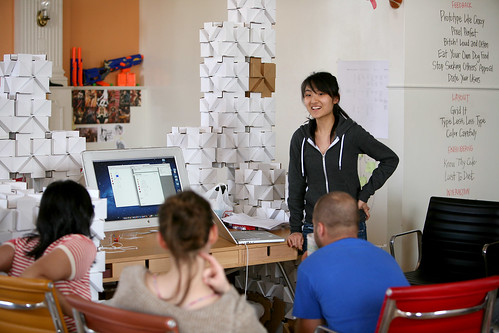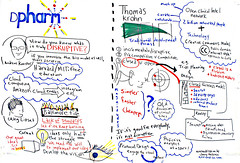In the world of presenting and understanding information, there is no doubt that smartphones and the iPad have given us a fresh take on how information can be presented to the user. It’s under this notion that a challenge was recently run to help re-design and re-imagine the Electronic Medical Record (EMR).
For those who have never seen an EMR file, they are filled with text and are heavy in data but lack any sort of design to make them usable to a wide audience. See Exhibit A below. Edward Tufte would be appalled.
The Health Design Challenge, run in cooperation with the US Department of Health and Human Services, prompted over 230 submissions to modernize the Electronic Medical Record. More…

 At the
At the 
